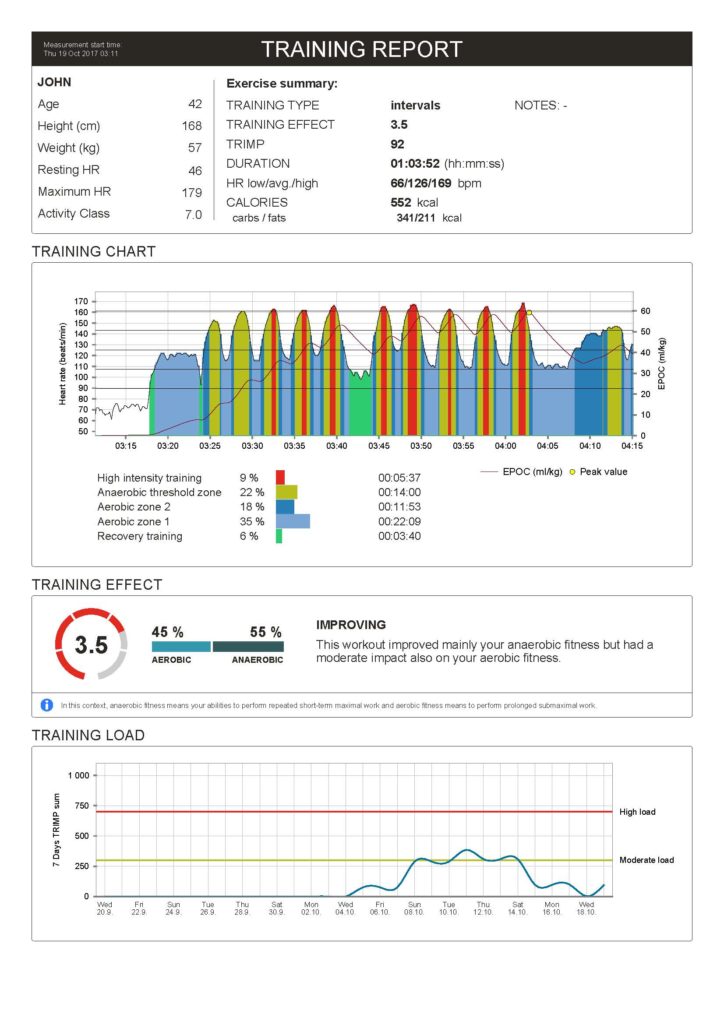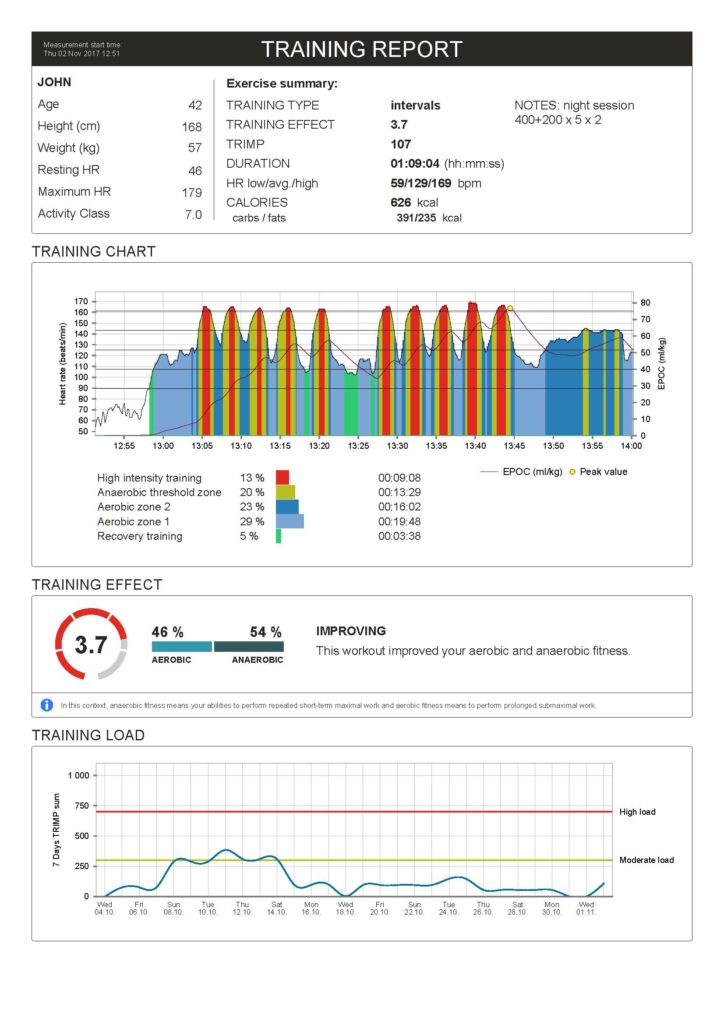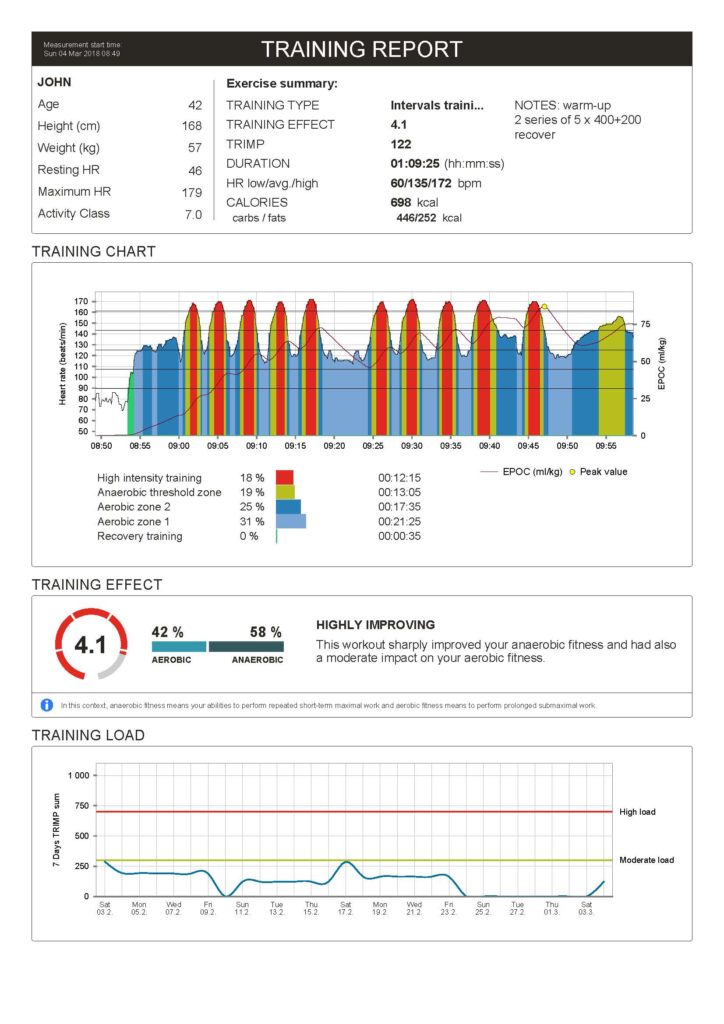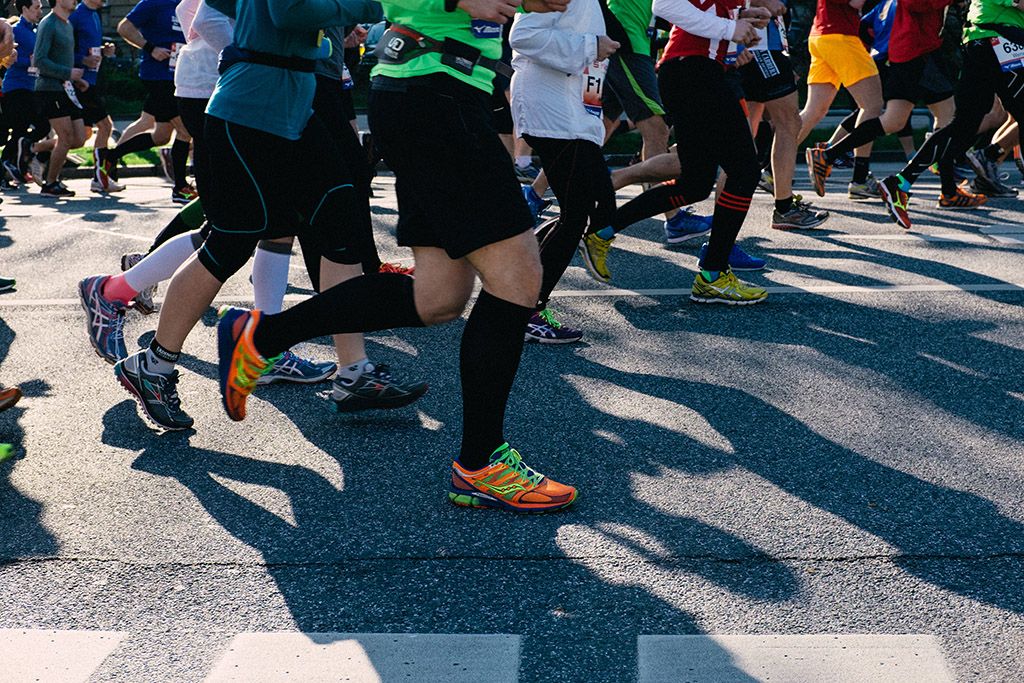USE CASE SPORT: INDIVIDUAL
John
April 2018
Context
John, a 42 years old ultra-runner comes from Europe. He moved to Thailand for work. He used to trail in mountains and is in difficulty to train in Bangkok because of the lack of time, the weather, the absence of mountains…
He has to change how he trains. Among his new program, he adds specific focus on interval running and improving performance.
His goal is to compensate the loss of his past training habits and still be able to do ultra-trails without too much efforts and fatigue.
Story
John found ineffective to monitor his efforts with his sport watch or his mobile app’. The results were not accurate, sometimes far away from his feelings.
He discovered EArise Physiology solutions, among them the chest belt technology. Excited about the quality of the data and the simplicity of the decision-making dashboards, he decided to buy our solution and to use it both with his laptop and his sport watch.
He tested our products, asked for help on the first results. EArise has a specific team dedicated to support our customers on the use of our solutions. We advised him on his interval running but also on global training program. Finally, he planned an improvement program based on 3 topics:
- Alternate trainings and type of sports, focusing more on shorter sessions than previously (between 1 and 2 hours regarding 2 to 4 hours before)
- Add specific fartlek sessions, to force his heart and muscles to unforeseen efforts
- Improve the interval running sessions
After some weeks he saw the difference and his still improving his program taking in account EArise data both on efforts, results and recovery.
Concrete results and evolution
From “normal” interval running sessions to more efficient ones. Both on speed, recovery and global result on the body.
On the 3 graphs below, you can easily see Training Effect rises from 3.5 to 3.7 and then even 4.1 on a regular basis. At the same time this amateur took more pleasure to run intervals, he increased his speed and the length of exercises.
At the beginning he was doing the first lap of 5 x 400 m. Then he felt tired and 50% of the time the second lap was 5 x 200 m (or 3 x 400). At the end, faster and longer laps had become a new habit. And he felt less tired.
John told us:
- “I’m better using my body, recovering faster between 2 laps, and speed up”
- “I am looking at the results in real-time, between 2 laps or after a session, and adjust directly ongoing”
- “I’m really happy with my new belt and the dashboards I receive after each session. I trust on the data, see my improvements. It helps a lot to challenge myself but also to keep finding pleasure running”








